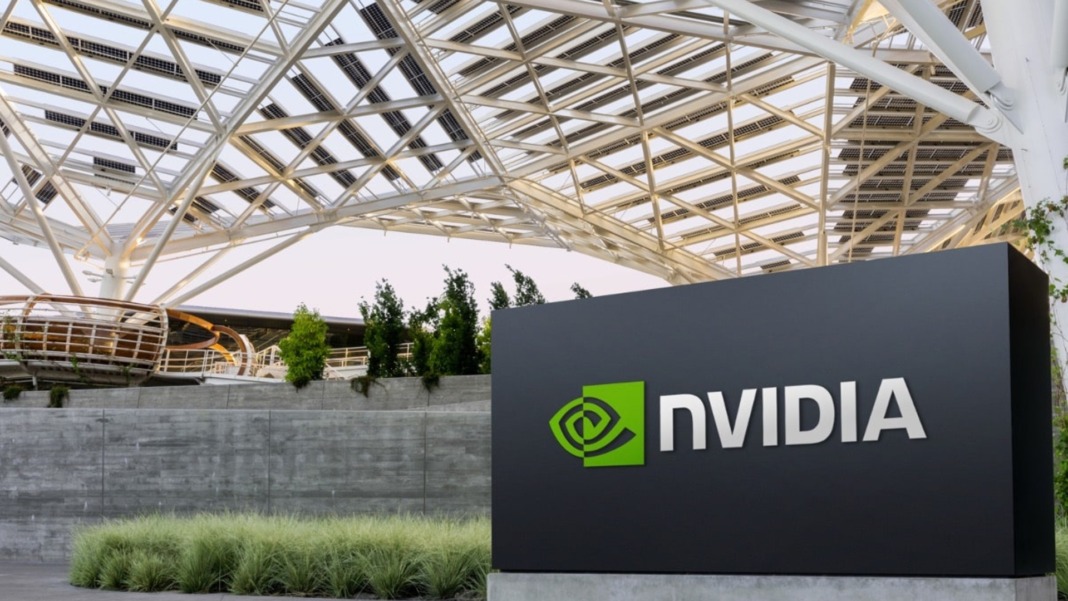NVIDIA has announced plans to manufacture its AI supercomputers entirely in the United States for the first time. In collaboration with key manufacturing partners, the company is commissioning over one million square feet of space across Arizona and Texas to produce and test its advanced Blackwell chips and supercomputing systems.
Production of the Blackwell AI chips has begun at TSMC’s facilities in Phoenix, Arizona. Simultaneously, NVIDIA is setting up large-scale manufacturing operations for its AI supercomputers with Foxconn in Houston and Wistron in Dallas. These sites are expected to begin mass production within the next 12 to 15 months.
The AI supercomputing supply chain requires highly advanced capabilities, from chip manufacturing to packaging and testing. To meet these demands, NVIDIA is partnering with Amkor and SPIL, who will manage packaging and testing operations in Arizona. The effort marks a significant step in reshoring critical AI infrastructure production and establishing a more resilient supply chain.
Expanding partnerships and building resilient infrastructure
Over the next four years, NVIDIA expects to produce up to US$500 billion worth of AI infrastructure in the US. This will be achieved through strategic partnerships with TSMC, Foxconn, Wistron, Amkor, and SPIL. These companies are working closely with NVIDIA to scale their US operations, support growing demand, and enhance global manufacturing capabilities.
The move reflects a broader industry shift toward localising critical technology production. By manufacturing within the US, NVIDIA aims to reduce reliance on overseas supply chains and better serve the increasing demand for AI chips and supercomputers. The expansion also supports national efforts to bolster economic security and job creation.
NVIDIA’s AI supercomputers serve as the backbone of modern data centres dedicated to artificial intelligence. These “AI factories” are designed exclusively to handle AI workloads, and tens of such facilities are expected to emerge in the coming years. NVIDIA believes the domestic manufacturing of these systems will lead to hundreds of thousands of new jobs and contribute trillions of dollars to the US economy over time.
Leveraging NVIDIA technology to power smart factories
To build and manage these advanced facilities, NVIDIA will rely on its own suite of AI-powered technologies. This includes NVIDIA Omniverse, which will be used to develop digital twins of the factories, enabling detailed simulation and planning. The company will also deploy the NVIDIA Isaac GR00T robotics platform to automate various aspects of manufacturing and improve operational efficiency.
Jensen Huang, founder and CEO of NVIDIA, emphasised the importance of local production. “The engines of the world’s AI infrastructure are being built in the United States for the first time,” he said. “Adding American manufacturing helps us better meet the incredible and growing demand for AI chips and supercomputers, strengthens our supply chain and boosts our resiliency.”
By combining cutting-edge AI tools with robust local partnerships, NVIDIA is positioning itself to meet the surging demand for AI systems while playing a key role in strengthening America’s tech infrastructure.





